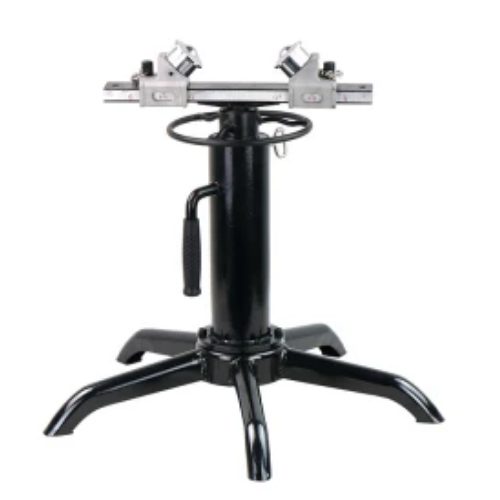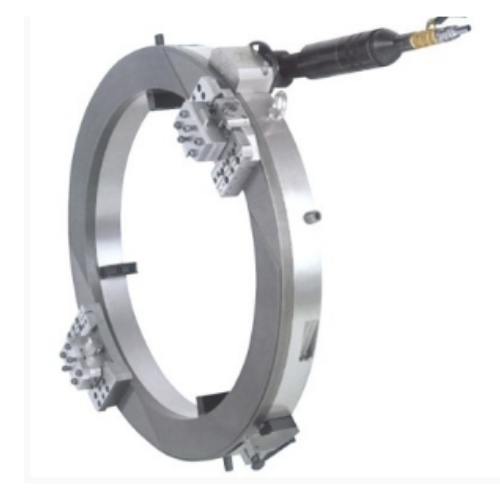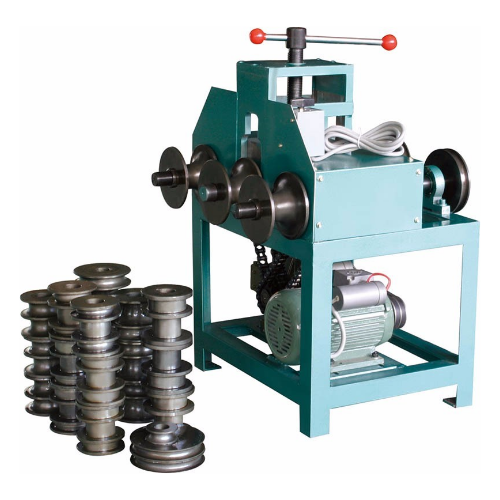Analysis of Heat Treatment
Analysis of Heat Treatment
- Therelationship between heat treatment and mold quality
1. Themanufacturing precision of the mold
The uneventransformation of the steel structure is not uniform, and the residual stresscaused by the heat treatment is too large, which causes the deformation orcracking of the mold during the processing, assembly and mold use after theheat treatment, thereby reducing the precision of the mold and even scrapping.
2. Thestrength of the mold
Improper heattreatment process, irregular heat treatment operation, or incomplete state ofheat treatment equipment, resulting in failure to meet the design requirementsof the strength (hardness) of the treated mold.
3、Working life of the mold
Unreasonablestructure caused by heat treatment, excessive grain size, etc., leading to thedecline of main properties such as mold toughness, hot and cold fatigueperformance, anti-wear performance, etc., affecting the working life of themold and increasing manufacturing costs.
4、Mold manufacturing cost
As theintermediate or final process of the mold manufacturing process, the cracking,deformation and poor performance caused by heat treatment will cause the moldto be scrapped in most cases, even if it can be used through repair, it willincrease the working hours and extend the delivery time. To increase themanufacturing cost of the mold.
It is the heattreatment technology that has a very close relationship with the quality of themold, which makes these two technologies promote each other and improvetogether in the process of modernization. In recent years, the field of rapiddevelopment of mold heat treatment technology in the world is vacuum heattreatment technology, surface strengthening technology of molds andpre-hardening technology of mold materials.
- The vacuumheat treatment technology of the mold
Vacuum heattreatment technology is a new type of heat treatment technology developed inrecent years. Its characteristics are urgently needed in mold manufacturing,such as preventing oxidation and non-decarburization, vacuum degassing ordegassing. Eliminates hydrogen embrittlement, thereby increasing theplasticity, toughness and fatigue strength of materials (parts). Factors suchas slow vacuum heating and small temperature difference between the inside andoutside of the part determine the deformation of the parts caused by the vacuumheat treatment process.
According todifferent cooling media, vacuum quenching can be divided into: vacuum oil quenching,vacuum gas quenching, vacuum water quenching and vacuum nitrate salt is othermalquenching. In vacuum heat treatment of molds, vacuum oil quenching, vacuum gasquenching and vacuum tempering are mainly used. In order to maintain theexcellent characteristics of vacuum heating of work pieces (such as molds), itis very important to select and formulate coolants and cooling processes. Themold quenching process mainly uses oil cooling and air cooling.
For theworking face of the mold which is no longer machined after heat treatment,vacuum tempering is used as much as possible after quenching, especially vacuumhardened work piece (mold), which can improve the mechanical properties relatedto surface quality, such as: fatigue performance, surface brightness ,corrosion resistance, etc.
Our experience:vacuum heat treatment is evenly heated, and the inspection of the finished workpiece takes multiple points to prevent uneven hardness and affects the quality.Normally, the four diagonal points plus the center point are tested at fivepoints. The diagonal hardness is not allowed to exceed 3HRC in principle.Whether the heat treatment process is standardized, otherwise it is prone toproblems such as deformation, cracking or inconsistent polishing finish.

- Mold surfacetreatment technology
In the work ofthe mold, in addition to the reasonable cooperation of the matrix withsufficient strength and toughness, the surface properties are critical to theworking performance and service life of the mold. These surface properties are:abrasion resistance, corrosion resistance, friction coefficient, fatigueproperties, and the like. These performance improvements, relying solely on theimprovement and improvement of the matrix material, are very limited and uneconomical,and surface treatment techniques can often achieve twice the result with halfthe effort, which is why surface treatment technology has developed rapidly.
The surfacetreatment technology of the mold is to systematically change the morphology, chemicalcomposition, and micro structure and stress state of the mold surface by surfacecoating, surface modification or composite treatment technology to obtain thedesired surface properties. From the way of surface treatment, it can bedivided into: chemical methods, physical methods, physical chemical methods andmechanical methods. Although new treatment technologies are being developed toimprove the surface properties of molds, more major nitriding, carburizing andhardening film deposits are used in mold manufacturing.


 Pipe threading machine
Pipe threading machine Portable Pipe Threader
Portable Pipe Threader Professional Stationary PipeThreading Machine
Professional Stationary PipeThreading Machine Economy Stationary Pipe Threading Machine
Economy Stationary Pipe Threading Machine Threading spare parts
Threading spare parts Pipe grooving machine
Pipe grooving machine pipe cutting machine and tool
pipe cutting machine and tool Pipe cutting machine
Pipe cutting machine Hole cutting and drilling
Hole cutting and drilling Hinged pipe cutter
Hinged pipe cutter Rotary Pipe Cutter
Rotary Pipe Cutter Pipe drain cleaning machine
Pipe drain cleaning machine Pipe installation tools
Pipe installation tools High pressure washing machine
High pressure washing machine Pipe beveling machine
Pipe beveling machine Pipe bending machine
Pipe bending machine Plastic welding machine
Plastic welding machine About HL
About HL Company Certificate
Company Certificate Company Team
Company Team OEM Service
OEM Service FAQ
FAQ Video Center
Video Center

